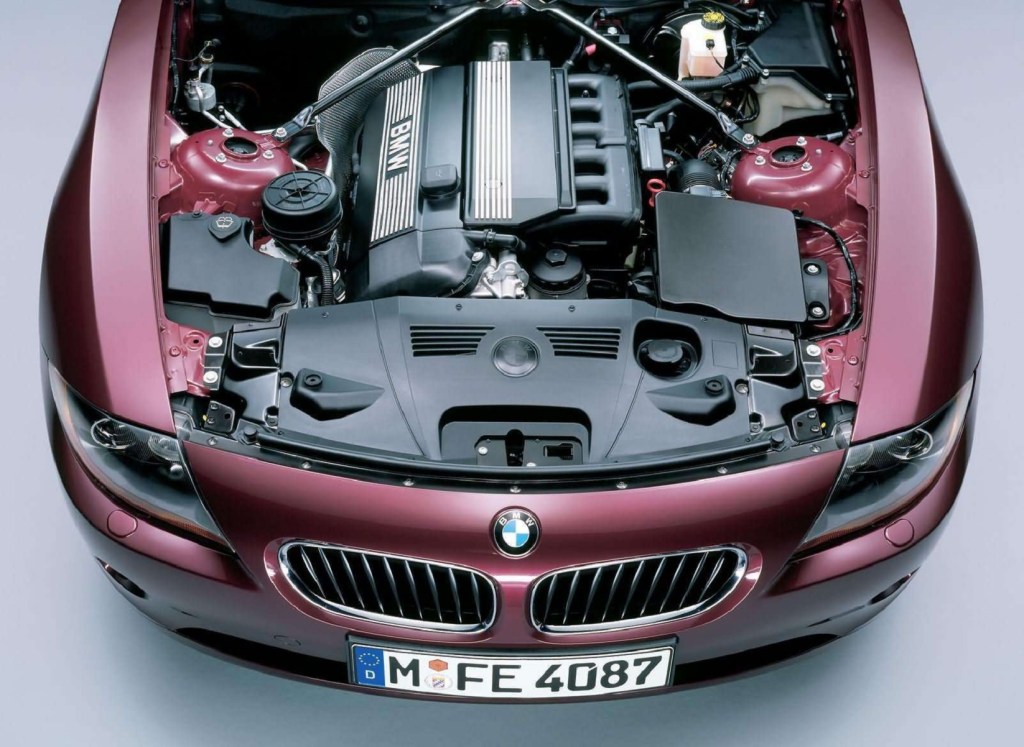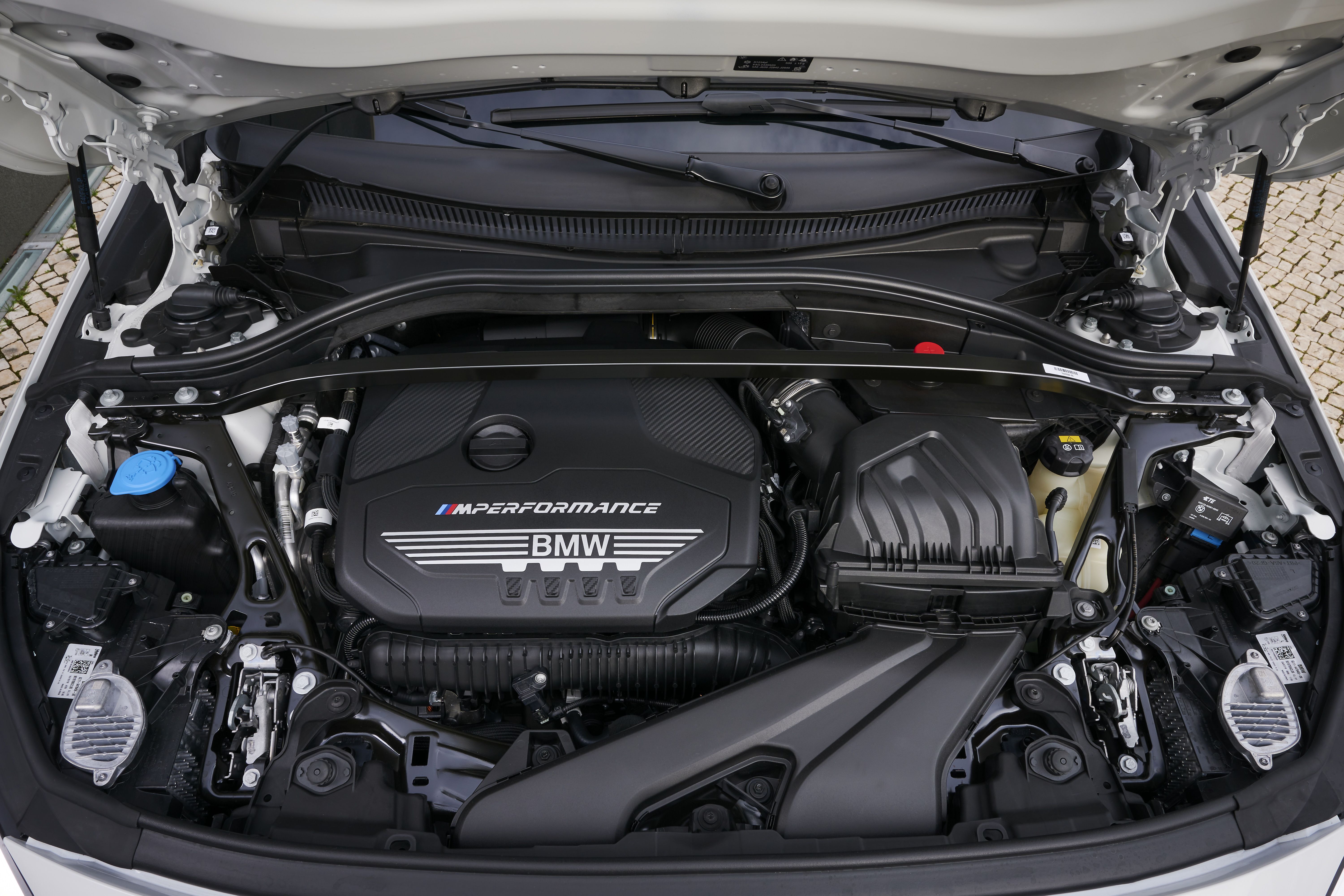A Beginner's Overview to Choosing the Right BMW Engine for Your Demands
Discovering the Development of Combustion Engines in Modern Transport Systems
As we navigate the landscape of modern-day transportation, the development of burning engines stands as a testimony to human resourcefulness and design expertise. From their simple starts to the innovative giants pushing cars today, burning engines have actually gone through a remarkable journey of development and adjustment. Recognizing the intricacies of this advancement not just clarifies the past however additionally leads the means for visualizing what lies ahead in the realm of transportation modern technology. The interplay of history, technology, and ecological concerns in shaping the trajectory of combustion engines produces a narrative that is both informative and compelling.
Very Early Beginnings of Combustion Engines
How did the idea of burning engines very first arise in the beginning of transport development? When the concepts of inner burning were very first checked out, the roots of combustion engines can be traced back to the 17th century. In 1673, Christian Huygens conceived a fundamental inner combustion engine that made use of gunpowder to generate power. It had not been till the late 19th century that functional applications of combustion engines in transport started to emerge.
The breakthrough moment featured the innovation of the first effective gasoline-powered engine by Karl Benz in 1885 - bmw engine. This engine led the way for the development of the contemporary car, reinventing transportation systems worldwide. Succeeding advancements by Nikolaus Otto and Gottlieb Daimler additionally fine-tuned combustion engine modern technology, resulting in the mass manufacturing of cars and the rapid growth of the transportation industry
These early combustion engines were identified by their simplicity and efficiency, laying the structure for the complex and powerful engines made use of in modern transportation systems. The evolution of burning engines has been important in shaping the way we travel and deliver products, marking a significant turning point in the history of transportation growth.
Shift to Internal Burning Technology
The change to internal burning innovation marked a crucial shift in the evolution of transport systems. This shift started in the late 19th century, with innovators like Nikolaus Otto and Gottlieb Daimler establishing the first successful interior burning engines. These engines transformed transportation by supplying a much more reliable and effective option to vapor engines and electric motors.
Among the vital benefits of interior combustion engines was their capability to be reduced to match vehicles, causing the growth of motorbikes and vehicles. This change from large, stationary engines to compact, mobile ones led the means for the contemporary transportation systems we see today.
The change to inner burning modern technology also spurred improvements in gas technology, resulting in the development of gasoline and diesel as main fuel resources for vehicles. This shift not only made transport a lot more available to the masses yet also laid the structure for the oil and gas sector to become integral to global economies.
Impact of Combustion Engines on Transport
The fostering of burning engines in transportation systems catalyzed an extensive change in the effectiveness and rate of worldwide mobility. Burning engines revolutionized transport by offering a flexible and trustworthy resource of power for numerous vehicles, consisting of autos, planes, vehicles, and ships. This technology significantly enhanced the capacity for products and individuals to relocate over fars away in shorter time frames, bring about raised connection in between regions and nations.
Furthermore, the prevalent use combustion engines has actually had a considerable effect on economic development. The capacity to move products successfully has actually spurred profession and commerce, enabling services to expand their markets and get to customers worldwide. This has helped with financial growth and globalization, as items can currently be transported much faster and in bigger amounts than in the past.
Nevertheless, the ecological effect of combustion engines can not be overlooked. The burning of nonrenewable fuel sources has brought about air contamination and greenhouse gas discharges, adding to climate adjustment and positioning health risks to populations. bmw engine. As an outcome, there is an expanding focus on creating different propulsion modern technologies to mitigate these adverse effects and develop an extra lasting a fantastic read future for transport
Advancements in Burning Engine Style
Many developments in combustion engine layout have moved the evolution of transport systems over the years. One notable technology is the growth of turbocharged engines, which make use of exhaust gases to drive a turbine that presses inbound air, enabling for even more gas to be charred, resulting in raised power output without a significant rise in engine dimension. In addition, straight shot innovation has enhanced fuel effectiveness and efficiency by specifically managing the quantity and timing of fuel injected into the burning chamber. Variable shutoff timing systems have additionally transformed engine style by maximizing air flow at different engine rates, boosting both power and performance. An additional substantial innovation is the integration of lightweight products such as carbon fiber and light weight aluminum alloys, reducing general engine weight and enhancing lorry fuel economic situation. Improvements in computer-aided style have actually made it possible for designers to enhance engine performance and performance through simulations prior to physical models are constructed, conserving time and resources in the development procedure. These advancements jointly add to the continuous enhancement of burning engines in modern-day transport systems.
Future Trends in Combustion Engine Development
With innovation innovations driving constant advancement, the future of burning engine growth is positioned to revolutionize transportation systems worldwide. Among the key trends in burning engine advancement is the press towards higher effectiveness and reduced emissions. Producers are spending heavily in research and development to enhance engine efficiency while meeting strict ecological policies. This consists of the assimilation of advanced fuel injection systems, boosted turbocharging approaches, and the use of lightweight materials to optimize gas usage and decrease carbon emissions.
One more popular pattern is the fostering of crossbreed technologies in burning engines. Hybrid engines integrate conventional combustion modern technology with electrical power, offering improved gas efficiency and lower exhausts. As the auto sector shifts in the direction of electrification, hybrid burning engines are seen as a transitional option that links the gap in between standard automobiles and totally visit this website electric ones.
Additionally, the assimilation of clever technologies, such as fabricated intelligence and information analytics, is expected to play a significant function in the future of burning engine growth. These modern technologies can optimize engine performance in real-time, bring about more effective burning processes and enhanced total lorry performance. Welcoming these future trends will certainly not just drive innovation in combustion engine growth yet likewise add to a more lasting and eco-friendly transport environment.

Final Thought
In verdict, the development of burning engines in modern transport systems has been marked by substantial improvements in innovation and design. From the very early starts of combustion engines to the change to inner combustion innovation, these engines have had a profound influence on transportation.
The roots of burning engines can be mapped back to the 17th century when the principles of internal burning were first checked out. These engines transformed transport by providing a more powerful and efficient choice to vapor engines and electric motors.
